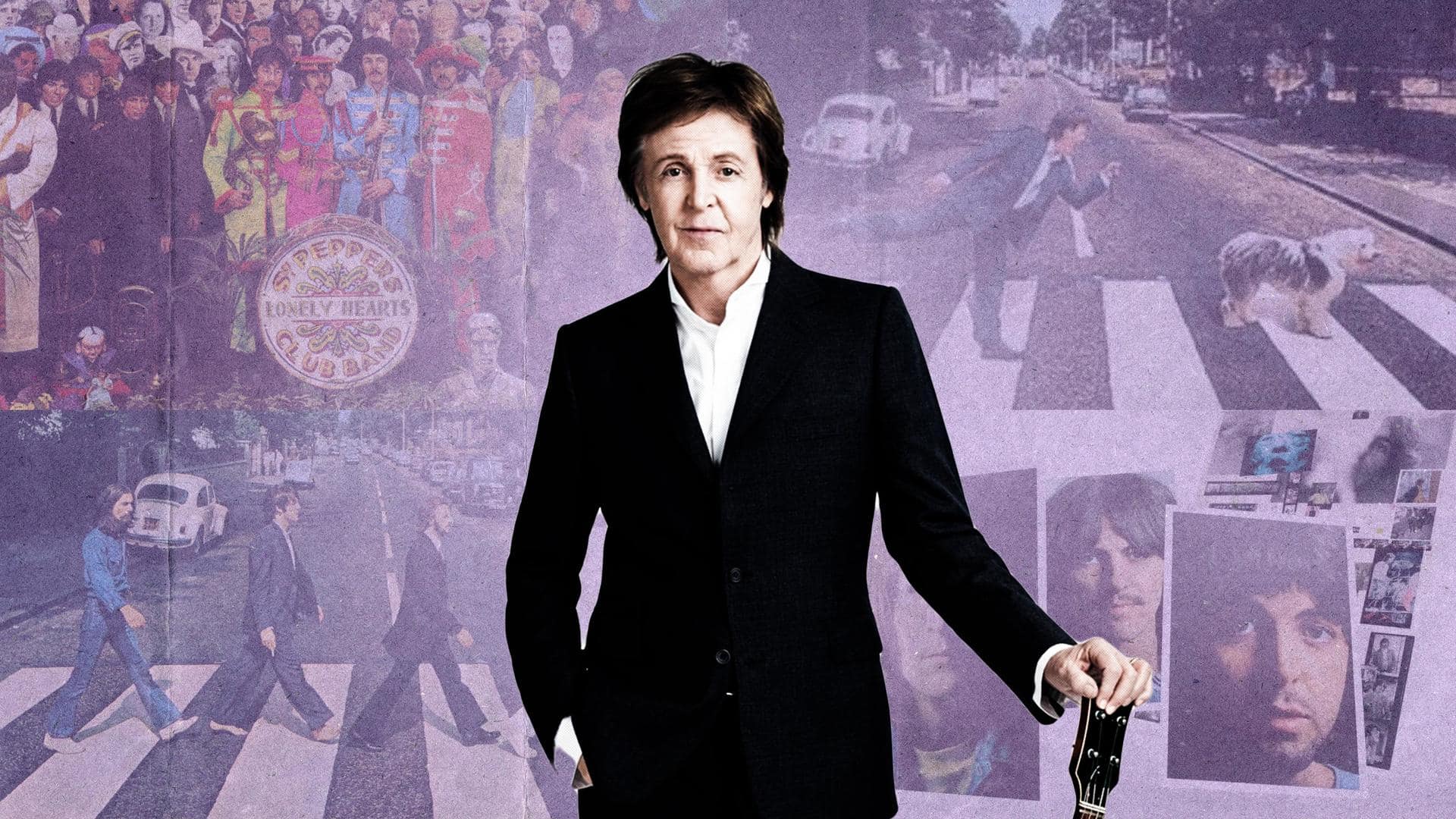
'Paul is dead': When McCartney's death conspiracy shaped society
What's the story
Paul McCartney is considered to be one of the pillars of "rock n roll." Back in the '60s, the multi-instrumentalist singer with his other friends formed The Beatles and to date, Beatlemania is real. The Maybe I'm Amazed singer has always had a crazy fan following. Ahead of his 81st birthday, we look back at the conspiracy theory "Paul is dead" which shook everyone.
Conspiracy
Initial origins of the theory
The conspiracy theory dates back to 1966 when rumors spread like wildfire that The Beatles frontman died in a car accident and was replaced by a lookalike named William Campbell. Back in the '60s, The Beatles were known for their iconic mop haircut, sassy interviews, and their anti-establishment music. This theory went on to become a point of analysis in sociology and communications.
Marketing
Using the theory as a marketing tool
The Beatles were a hotcake and they became a rage in the US. As they were creating an impact, this conspiracy theory was spreading like wildfire. Allegedly, the band picked this theory up and started incorporating them into their music. This led to an explosion in album sales as fans thought that the "Fab Four" were dropping the so-called "clues."
Clue
First clues given by the band
The first clues given were noticed in the acclaimed Sgt. Pepper's Lonely Hearts Club Band album cover. It was a time The Beatles stopped touring and they were experimenting with their sound and tapping new genres. The theorists claimed that the album cover had two major clues—a left-handed bass guitar and the mirror image of the album name.
Information
What did the supposed clues mean?
McCartney is left-handed and played bass in the band. Fans went bonkers when the guitar was placed at the gravesite on the cover. Another claim suggested that the mirror image of the album name gave clues on the alleged death date of the singer—November 9.
Backmasking
Dropping clues via backmasking
The Beatles were known for backmasking their songs and a new clue was allegedly dropped by them in the song Revolution 9 from the White Album (1968). When a certain section of the song was played backward, it sounded, "Turn me on, dead man," indicating McCartney's death. Several other theories focused on the key changes in McCartney's facial structures after 1966.
Curiosity
'Abbey Road' album cover took the world by storm
Major clues were dropped on the Abbey Road (1969) album cover, which made the fans pretty sure about the theory. Many interpreted that the album cover depicts a funeral as George Harrison dons denim, signifying a gravedigger; John Lennon dons white signifying a heavenly figure; Ringo Starr dons black signifying an undertaker; and McCartney being barefoot signifies he's the corpse.
Information
Jarring clues on the cover
McCartney held a cigarette in his right hand which gave a hint that the person was an impostor as the bassist was a lefty. The Volkswagen Beetle in the background had the number plate written "28IF," signifying McCartney's age "if" he was alive.
Trivia
McCartney using the theory in a later album
The witty McCartney always found this amusing. He used this theory as a reference in his 1993 album titled Paul Is Live. The album cover was based on the Abbey Road album cover and drew multiple references from the theory. This theory still grabs the eyeballs, and the singer being relevant for all these decades proves his musical supremacy!